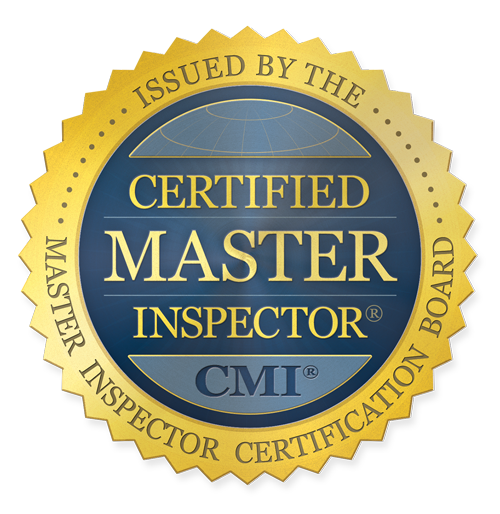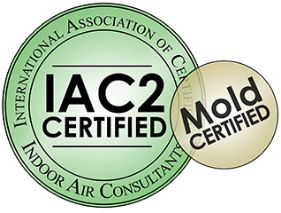According to the Insurance Information Institute (iii.org), wind is consistently a leading cause of property damage in Florida. Without a proper roof and sturdy structural composition, utilizing best-wind mitigation practices, your home is at risk. That is why scheduling a wind mitigation inspection is so important.
Your home probably needs a wind mitigation inspection if you:
- Live in an area known for high wind speeds or hurricane-force storm patterns.
- Have a roof that is 10-years old or older.
- Own a home constructed prior to March of 2002 (when our building codes were overhauled).
- Recently purchased a home and waived the home inspection to expedite the sale.
- Hold a policy with an insurance carrier that offers premium savings based on wind mitigation credits.
- Are interested in knowing exactly what needs to be repaired/replaced so you can schedule a one-and-done session with appropriate contractors.
Do any of those apply to you? If so, we promise you’ll reap immediate benefits by scheduling the right type of home inspection.
5 Immediate Benefits to Scheduling a Wind Mitigation Inspection
Professional wind mitigation inspections by a licensed inspection company are your first line of defense against wind damage. The final inspection report outlines your home’s structural strengths and weaknesses, providing any correctional recommendations you can pass on to your roofer or general contractor.
Reports also include information about other wind-susceptible risks on the property such as overgrown trees or limbs, poorly placed or constructed landscape features, potentially threatening power or cable lines, and so on.
Here are five of the most immediate benefits reaped by clients who schedule home inspections and take immediate action based on the resulting report.
1. Peace of mind
First and foremost, a professional wind mitigation inspection report provides homeowners with peace of mind. If you live in the home in question, the inspection results will allow you to make necessary repairs, replacements, or reinforcements as soon as possible. You’ll know you’ve done all you can to keep your home, family, pets, and possessions as safe as possible this storm season.
If you are a landlord, the results allow you to keep your investment and occupants protected. Keep in mind that if your tenants’ roof blows off in a storm or wind-related damage leads to injury, you could find yourself as the defendant in a personal injury liability suit. The same is true if you’re a homeowner and a guest is injured on or inside the premises during a storm.
In either case, a recent inspection report may be all the proof you need to demonstrate you were not negligent as a landlord or property owner and that the accident and resulting damage/injury purely resulted from what courts refer to as an “Act of God.”
2. Step-by-step repair plan
Our reports provide detailed information about what (if anything) needs to be repaired, added, or replaced. That includes a step-by-step plan organized from the areas of highest priority to the lowest. Please treat this as a checklist, and pass it onto your contractors and subcontractors of choice.
With those lists, prospective contractors can create itemized estimates so you can compare apples-to-apples when you’re ready to get into contract.
3. Stay on your insurance carrier’s good side
Insurance carriers and lawmakers are cracking down on unfair claims that take advantage of insurers. In Florida, this legislation is referred to as SB 76. You can read our post, What You Need to Know About Florida Senate Bill SB76, to learn more about it. Among other things, the bill allows insurance carriers to drop their clients or to seriously restrict insurance reimbursements stated in their policy based on the age and condition of their roof, home structure, or lack of wind mitigation.
Beyond the bill’s scope, insurance carriers are incentivizing roof and structural reinforcement and repair by offering lower prices and compelling discounts to clients who can prove their home and roofs are in sound condition, strong enough to weather the next storm.
4. Reduced insurance policy premiums via wind mitigation credits
Clients who “pass” their wind mitigation inspection with flying colors typically benefit from immediate insurance policy savings. Our inspectors happily forward our report to your insurance carrier or prospective insurance carriers. Once the insurance agent reviews the report verifying wind mitigation credits, they’ll adjust the premium in your favor.
Features or factors that typically qualify you for insurance-approved credits include:
- A home built after 2002
- New roof replacement with high-quality materials and installation
- Certain roof attachment methods
- Having a “hip roof” with no gables or a 90% “gable-free” roof
- Secondary water resistance features (heavier underlayment, superior flashing, etc.)
- Impact-resistant openings (doors, windows, garage doors, shutters)
If you have an older home, replacing or updating all of the above will support a successful inspection report and garner immediate savings.
5. Avoid excessive repair costs or large scale devastation
Some of the biggest threats to your roof system or home’s structural integrity are invisible to the naked eye. For example, you may be unaware of:
- Inadequate fasteners or fastening techniques
- Nails or screws that punctured or penetrated waterproofing materials rendering them useless
- Structural rot in interior wall, attic, or crawl spaces from past storm, flood, or leak damage
- Weaknesses or risks in the roof-wall connection
- Lack of secondary water/moisture barriers
Any of these put your home at risk when exposed to high wind speeds, a stronger-than-normal storm season, or dreaded hurricane conditions. Once these and other items are addressed, you’ll save thousands of dollars over the lifetime of your home as a result of fewer major repairs and the aforementioned insurance savings.
What Inspectors Look for During a Wind Mitigation Inspection
Some of the things we want to see during our inspection include:
- The roof is built to current building code standards
- Intact roof covering (no missing, broken, or cracked shingles or tiles)
- Roofing attachments using nails rather than staples, with correctly sized nails that are adequately spaced
- Secure roof-to-wall attachment and double-wrapped trusses
- Correct geometry (good slope, no gables, etc.)
- Well-braced gables (if your roof is gabled, you won’t optimize insurance savings but correct bracing can save you more than poorly braced gables)
- Sturdy wall construction
- Secondary water barriers
- Well-protected doors and windows (referred to as “opening protection”), including hurricane-rated shutters and door enforcements
Ready to find out whether your Volusia County home is up to storm standards? Would you like to reap the benefits of qualifying for a lifetime of insurance savings? Schedule a Wind Mitigation inspection with Super Inspection Pros (SIP) today. 386-279-0802.

